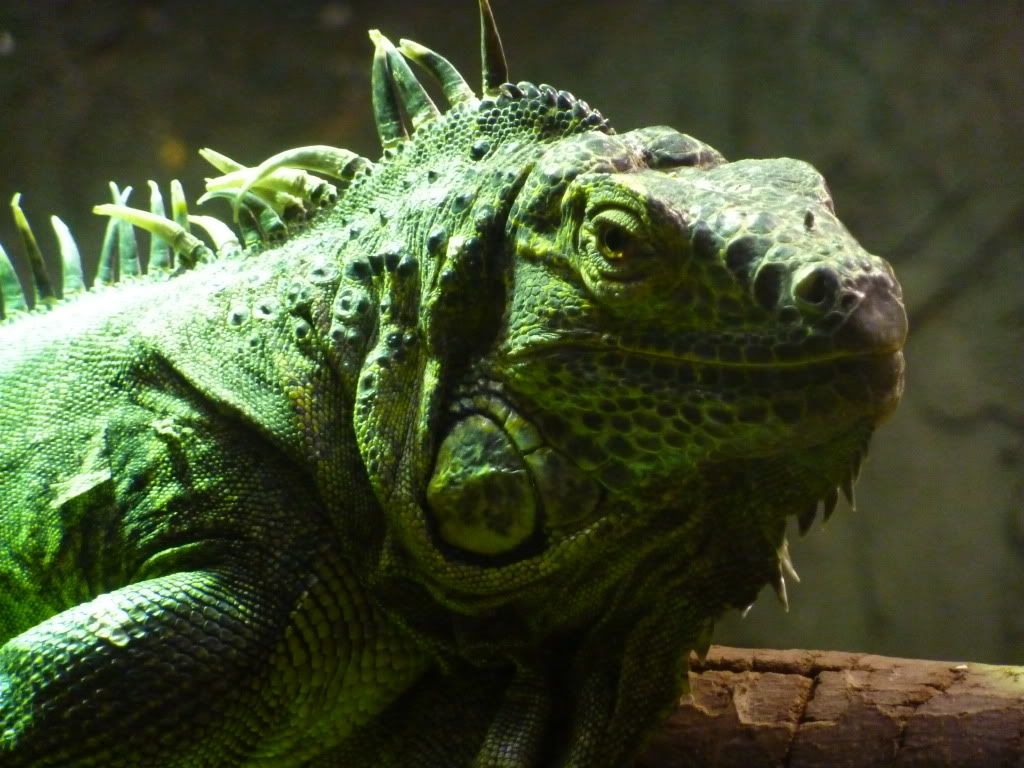 |
| Photograph of a prarie dog at London Zoo |
And the keeper was most rude when I complained about it. Really, you'd think they'd train the animals to be more photogenic.
FUN FACTS ABOUT PRARIE DOGS:
1. Prarie dogs are rodents, not dogs, as I was surprised to learn aged eleven, having assumed they were America's equivalent of the dingo.*
2. According to Professor Con Slobodchikoff, prarie dogs may have the most sophisticated language of any animal, able to communicate the news of predators approaching as well as describing the colour, type of predator, and the direction it's coming from.
3. Prarie dogs are social creatures and are very affectionate, greeting one another with a prarie dog kiss.
4. Black-tailed prarie dogs live in large communities known as "towns". The largest known prarie dog town covered 25,00 square miles in Texas and was home to perhaps as many as four hundred million prarie dogs.
Who knew?
_________________________________________________________
*Without the baby eating.











